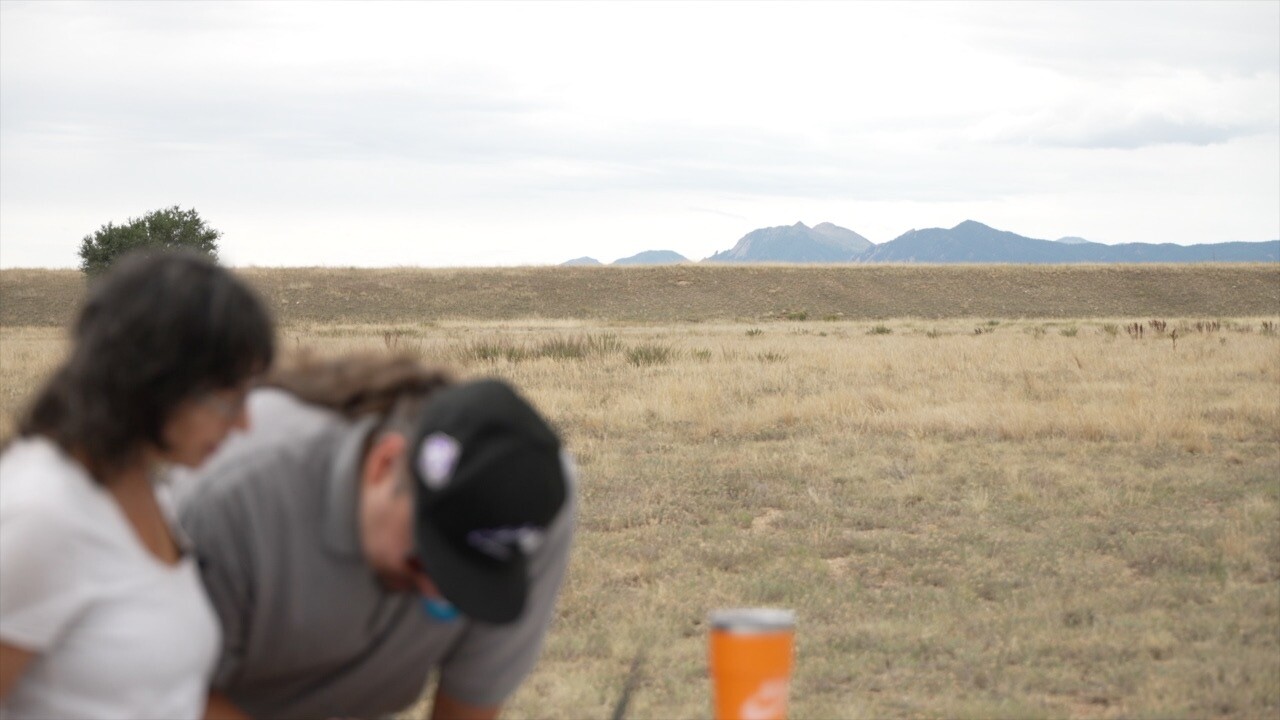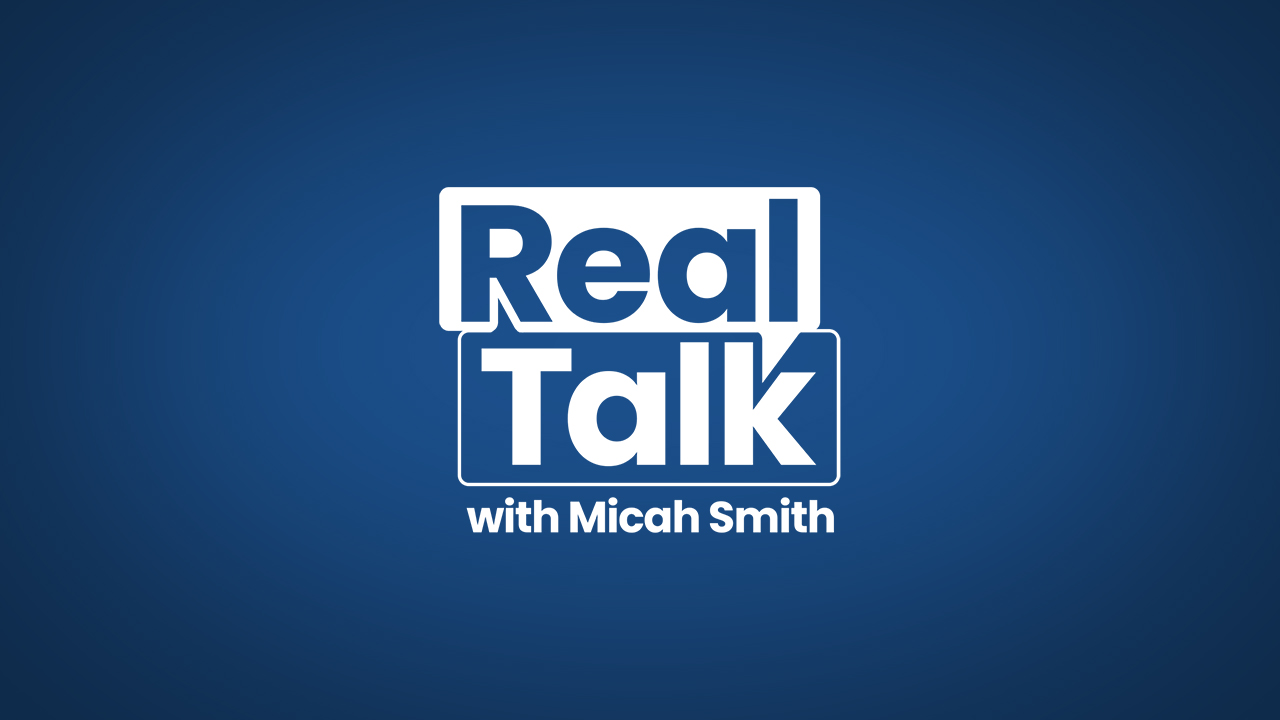BOULDER, Colo. — The National Oceanic and Atmospheric Administration (NOAA) has a new tool to gather real-time weather data while wildfires are actively burning.
NOAA’s Physical Sciences Laboratory, based in Boulder, has purchased a new drone that can fly near wildfires and gather current data on air pressure, temperature, wind speed, wind direction, and relative humidity. This information can be crucial in both predicting wildfires and dealing with fires that have already started.
“We need to know what is going to happen in this moment, six hours from now, a day from now, a week, a month, a year in order to be able to see what the most likely outcomes are of wildfires,” said NOAA Physical Sciences Laboratory research meteorologist Andy Hoell.

The data will only become more important as the climate gets warmer. Year-round wildfire seasons are going to become the norm
“We are projected to have more extreme events,” said Hoell. “As a result of that, we need to have better forecasts in order to be able to foresee them.”
The drone is especially helpful in an environment like Colorado, where the weather is so erratic near the mountains. NOAA Physical Science Laboratory research scientist Janet Intrieri, who is helping run the new drone program, believes the drone to be an invaluable asset.
“The mountains make airflow very complex with the valleys and the mountaintops, and it creates its own weather,” said Intrieri. “A fire adds another level of complexity because it will also affect the weather in its very close proximity. Being able to take the drone and drive to locations where you wouldn't normally have information is really a key part of this.”

The data is critical to NOAA incident meteorologists, who go to the scenes of active wildfires to make forecasts about the immediate future of these fires. Those forecasts can help keep first responders in the right spot to deal with the fire and keep them out of harm’s way.
The drone team is mobile, and the nimble drone can be deployed wherever NOAA incident meteorologists tell the team to go. Sometimes the drone will be flying very close to the fire, other times it might be better to be upwind or downwind of the fire to see what the conditions of the area are like.
“The wind conditions around a fire are what controls the fire,” said Intrieri. “If you have that kind of information in real-time, you can respond to the people who need it the most — the fire crew teams and the response, the other emergency management teams. It would be useful information to [know] how the direction of fire is moving and how fast it might be growing. You can then even forecast for the next several hours, which is also critical information.”
NOAA obtained the drone only three months ago, and it hasn’t been used to help out in any wildfire situations quite yet. The plan is to keep testing the drone throughout the rest of the year and this coming winter, and to work with NOAA meteorologists on what information and techniques would be most beneficial moving forward. That doesn’t mean they aren’t prepared if a wildfire were to appear in the near future.
“We're ready to go,” said Intrieri. “We would hope to learn how to respond as quickly as possible, but I think we have all of our pieces in place to do so.”





Denver7 is committed to making a difference in our community by standing up for what's right, listening, lending a helping hand and following through on promises. See that work in action, in the videos above.





